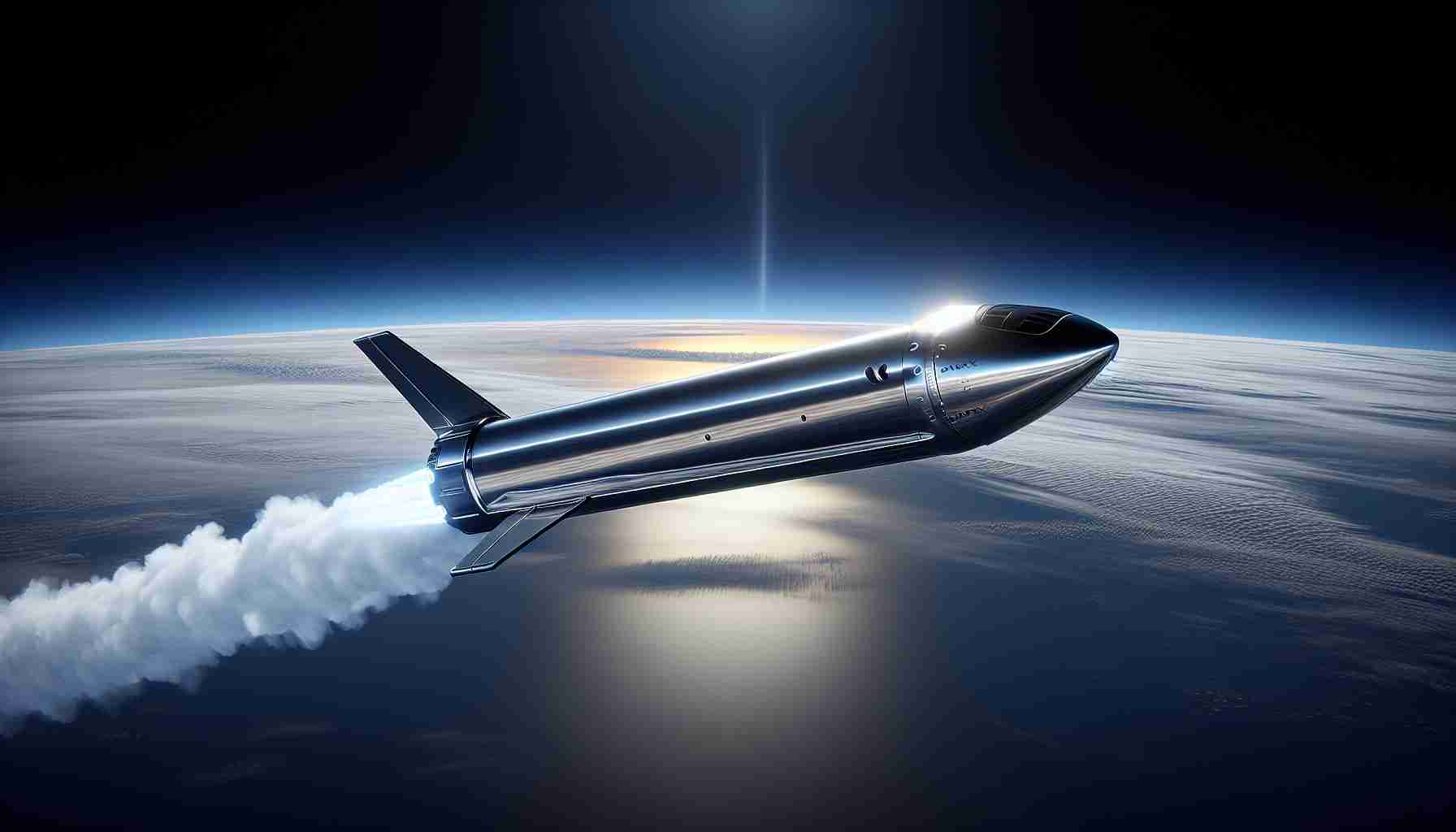- Wisconsin faces a critical decision between investing in new natural gas plants and embracing renewable energy like solar and wind.
- We Energies proposes new natural gas plants, posing potential risks to the state’s sustainable future.
- Natural gas plants could expose Wisconsin to financial volatility due to fluctuating global gas prices.
- Battery storage costs have decreased by 90% in the past decade, offering a viable alternative for managing peak energy demands without carbon emissions.
- Investing in clean energy could provide jobs, economic growth, and protect ratepayers from fossil fuel market instability.
- The decision will impact future generations, emphasizing the importance of adopting sustainable energy practices.
On the fertile plains of Wisconsin, a critical battle unfolds. Towers of steel and clouds of steam threaten the horizon, promising power yet tethered to an age fast fading. We Energies, stalwart in the state’s energy legacy, proposes colossal new natural gas plants. The ambition is undeniable, yet so too is the risk—a tangible shadow cast over Wisconsin’s potential for a sustainable future.
As the nation charts a course away from fossil fuels, embracing the whisper of wind and sun, Wisconsin finds itself poised at a crossroad. While shining examples from Texas to California unveil sprawling fields of solar panels and battery storage facilities, Wisconsin’s plan threatens to plunge it into an energy quagmire. The cost of this fossil-fueled leap? Financial turbulence tied to the volatile dance of global markets, where natural gas prices spike unpredictably.
Battery storage—sleek, silent, efficient—has seen its costs plummet by 90% in the last decade. It stands ready to supplant gas for meeting peak energy demands, smoothing power flows without the carbon cost. Yet, the heart of Wisconsin seems torn, contemplating billions sunk into the soil of these new, expansive plants.
Opportunities for clean energy bloom like wildflowers across the state. From sun-soaked solar arrays to wind-swept turbines, the call is clear: invest in tomorrow. This isn’t just about kilowatts; it’s about jobs, economic magnetism, and protecting ratepayers from the unpredictable tides of fossil fuel economics.
Will Wisconsin seize its chance to lead the Midwest, embracing the dawn of clean energy with open arms and foresight, or will it anchor itself to the blueprints of yesterday, with tales of missed opportunities whispered on the wind? The answer shapes not just the grid, but future generations. The choice is as clear as sunlight: the sustainable path beckons, and it waits for Wisconsin to stride boldly forward.
Wisconsin’s Energy Crossroad: A Misguided Path or a Bold Future?
Alternative Energy Trends in the U.S.: A Critical Pivot
The energy landscape across the United States is undergoing a dramatic shift, driven by changing economic factors, technological innovations, and environmental considerations. States like Texas and California have been at the forefront, integrating extensive solar arrays and battery storage solutions, which have become increasingly cost-effective. The decrease in battery storage costs by nearly 90% over the past decade presents viable alternatives to fossil-fueled power stations, offering Wisconsin an opportunity to diversify its energy portfolio and enhance grid reliability without heightening carbon emissions.
Economic and Environmental Implications
Natural gas prices are notorious for their volatility, and investing heavily in gas plants could expose Wisconsin to financial risks. Alternatively, renewable energy sources can stabilize the state’s economy, providing consistent pricing and fostering local job growth within the sector. Furthermore, this transition could shield local ratepayers from the fluctuations inherent in conventional energy markets.
Unpacking the Debate: Key Questions Answered
– What are the benefits of embracing a renewable energy infrastructure compared to investing in natural gas plants?
Transitioning to renewable energy sources like solar and wind can provide Wisconsin with a more stable and sustainable energy system. This approach would also facilitate significant inward investment into the state, driving employment opportunities and industrial growth, while reducing dependency on fossil fuels.
– Are there successful examples Wisconsin could model its energy strategy on?
States such as Texas and California have successfully implemented strategies that leverage both solar power and battery storage, minimizing carbon footprints while effectively managing their energy demands. These examples underscore the feasibility and benefits of a renewable-centric energy strategy.
– How does We Energies’ proposal reflect nationwide energy trends?
We Energies’ strategy to develop extensive natural gas plants seems to deviate from the national trend of embracing renewable resources and sustainable energy practices. This divergence raises concerns about the long-term environmental and economic impacts on Wisconsin, particularly as other states are positioning themselves as leaders in clean energy adoption.
A Call to Consideration: Navigating Energy Futures
Wisconsin stands at an energy crossroads, faced with the choice between traditional fossil fuel reliance and the expanding potential of renewable resources. The state’s decision will not only affect its economic landscape but also its environmental legacy for future generations.
Suggested Related Links
For further reading and updates on energy trends and innovations:
– U.S. Department of Energy
– Sierra Club
– National Renewable Energy Laboratory
The future beckons Wisconsin to capitalize on its natural resources and infrastructure for sustainable energy. Embracing renewable energy isn’t just a path forward; it’s a crucial step in securing a resilient, prosperous energy future.













